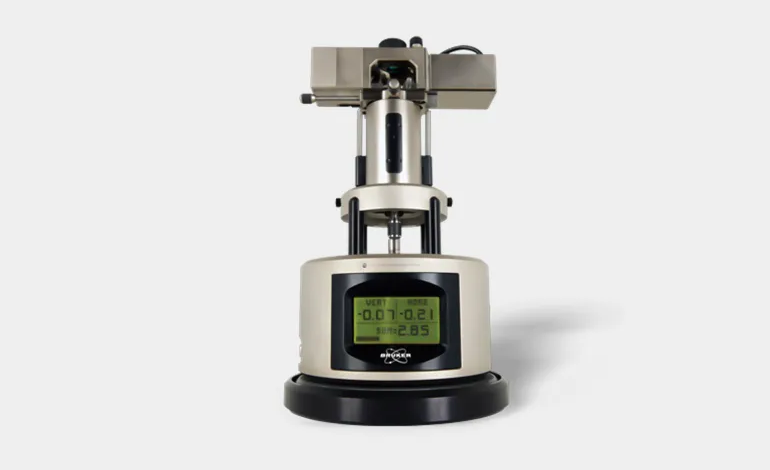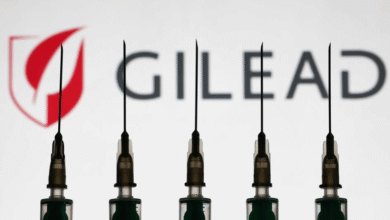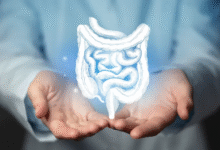Scientific Breakthrough: First-Ever Imaging of Cholesterol Crystal Formation Opens New Avenues for Treating Heart Disease

Two researchers from the University of Houston in the United States have achieved an unprecedented scientific breakthrough by capturing, for the first time, the process of cholesterol crystal formation in a way that simulates conditions inside the human body. This discovery could pave the way for the development of effective treatments for several diseases linked to cholesterol buildup, including heart disease, atherosclerosis, and gallstones.
Professors Jeffrey Reimer and Peter Vekilov, both chemical engineering experts, published their findings—along with video footage showing the formation of cholesterol crystal surfaces—in the Proceedings of the National Academy of Sciences (PNAS) on March 3. The study was also featured on the science news platform EurekAlert.
Cholesterol Crystals: A Century of Mystery
Although the presence of cholesterol crystals—a lipid molecule abundantly found in mammalian cells—was first documented in tissue over a century ago, the mechanisms behind their formation have remained largely unclear. The significance of this research lies in its detailed insight into the early stages of crystal development, which play a key role in the progression of several conditions, such as myocardial infarction and atherosclerosis, where crystal accumulation can lead to blockages in blood vessels or bile ducts.
Simulating the Human Body: A Step Toward Treatment
To achieve this breakthrough, the research team developed an advanced simulation of the body’s physiological environment using a specialized solvent composed of water and isopropanol—a simple fat substitute. This chemical medium created ideal conditions for the growth of cholesterol monohydrate crystals, which are the most common form inside the human body.
Dr. Vekilov explained that the crystals grow through a conventional process involving nucleation, followed by the formation of new crystal layers that spread across the crystal’s surface and gradually merge to form a solid mass.
Promising Results: Toward Targeted Drug Development
Time-lapse imaging revealed that the crystals grow in distinct layers, with each layer expanding laterally before merging with others. The study also showed that cholesterol monomers (small molecules that can bind together to form more complex structures) do not attach directly from the solution, but instead migrate along the crystal surface before integrating into the structure at more advanced stages.
Dr. Reimer stated, “These insights provide a foundation for the future design of materials that can specifically interact with crystal surfaces to inhibit their growth, thus offering new opportunities for drug discovery and the development of treatments that improve human health by countering the harmful effects of cholesterol deposition in the body.”
A New Therapeutic Horizon
This study marks a major leap forward in understanding how cholesterol crystallizes within the body, a breakthrough that could directly contribute to the development of innovative treatments for cardiovascular and other lipid-related diseases.
The researchers emphasize that this is not the end of the journey but the beginning of a new phase of advanced research that could revolutionize how we prevent and treat cholesterol-related conditions.








